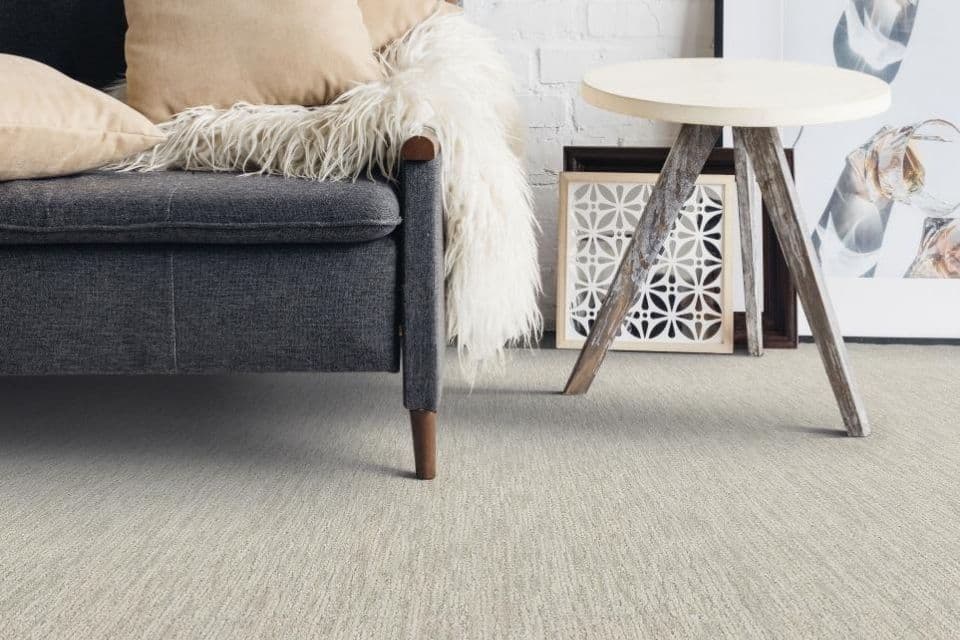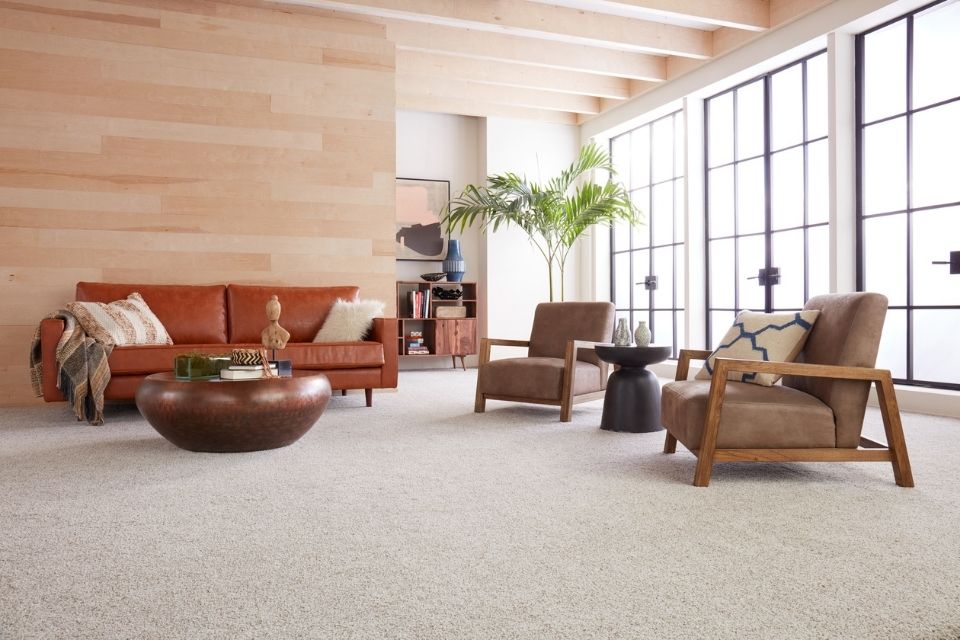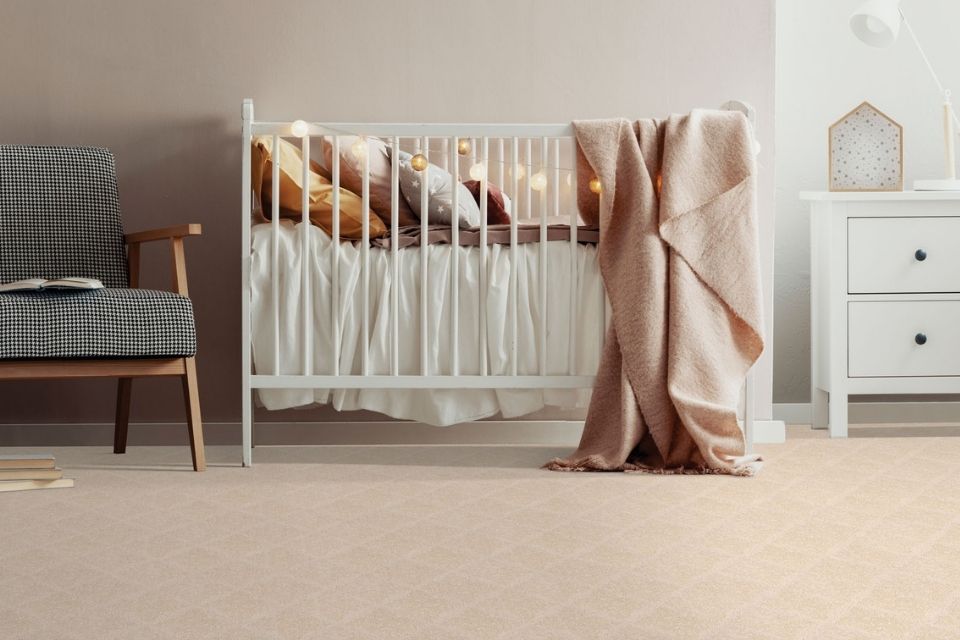History of Carpet
May 03, 2022 | Carpet One Floor & Home
Carpet is a long running contender in the race for most popular flooring options.
And while carpet has sometimes been misunderstood –blamed for allergies and tough maintenance –today’s carpet products have unbeatable stain warranties and waterproof backing that make it a popular choice among interior design circles. But where does carpet come from, and how has it stayed so popular? Let’s dive into some of the history of carpet and rugs to find out.
The Origins of Carpet Flooring: Who Invented the Carpet?

The very first rugs were carpets made of sheep wool or goat hair, and were created as early as 2000 or 3000 B.C. They have been traced back to the Middle East, but the exact place of origin is still unknown. These ancient carpets were created to make sitting on the ground more comfortable and were the very start of the world carpet industry.
While Europeans may have brought carpets over to America when they immigrated, the carpet industry itself did not start in America until 1791, when the very first woven carpet mill was established in Philadelphia. This was soon followed by many more carpet mills throughout New England in the early 1800s.
In 1839, the carpet industry was changed forever by the invention of the power loom for weaving carpets, created by Erastus Bigelow. Bigelow’s power loom doubled carpet production the first year after its creation and has continued to become one of America’s premier carpet brands, staying on top of the latest carpet technology and inventions.

Around the turn of the century, a young woman in Dalton, Georgia, Catherine Evans Whitener, created what are now called tufted carpets when she attempted to recreate a bedspread she had seen for a wedding gift. The process of tufting helped many families survive the depression, and when it transformed from bedding to carpeting, gave Dalton, Georgia the title of “The Carpet Capital of the World,” a name that still stands today.
When Was Carpet First Used in Homes?

Around the 1950’s, the carpet industry began to change once again. Long after the industrial revolution that gave way to power looms and other mechanized carpet production techniques, the only fiber being used for tufted carpets was plain cotton. Right around the middle of the century, other fibers were introduced by textile companies in Dalton and the surrounding areas. Types of carpets grew to include not only wool but manmade fibers such as polyester, nylon, rayon, olefin and acrylics. With the development of bulk continuous filament nylon yarns, luxurious and durable carpet became more economical to produce, and thus made it more affordable to the masses.
In 1963, the carpet industry broke the billion-dollar mark, and today the worldwide industry is well over $9 billion. Of that market, Dalton, Georgia and the surrounding areas still produce over 70% of the total carpet output worldwide.
The Carpet Industry Today

Today, the United States is still the leading provider of carpet worldwide. Many of the major manufacturers of carpet are still located in northwest Georgia but carpet can be found all over the world, and in every climate. The warmth and comfort that it provides, along with the recent innovations that protect carpet fibers against fade, wear and stains (and sometimes even water) contributes to its continued popularity.
These factors, as well as the fact that carpet is often less expensive than hardwood, have solidified carpet as a flooring choice that will likely never go away. Plus, carpet offers unlimited variety in texture, color and pattern. Durable fibers, like nylon, which is stain resistant and great for high traffic areas, makes carpet a worthy competitor in comparison to other flooring option. Steeped in rich cultural history and comforting underfoot, it’s no surprise that carpet maintains its popularity and will for years to come.

Inspired to find the perfect carpet for your home design? Start with our extensive carpet catalogue here at Carpet One Floor & Home and let our design experts guide you through the best colors, fibers and patterns for your home. Plus, if you're a history nerd, learn more flooring fun facts with our latest blog on the History of Hardwood.